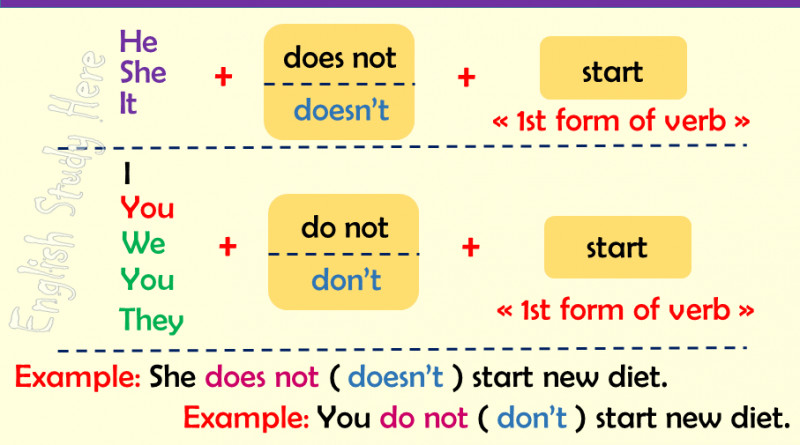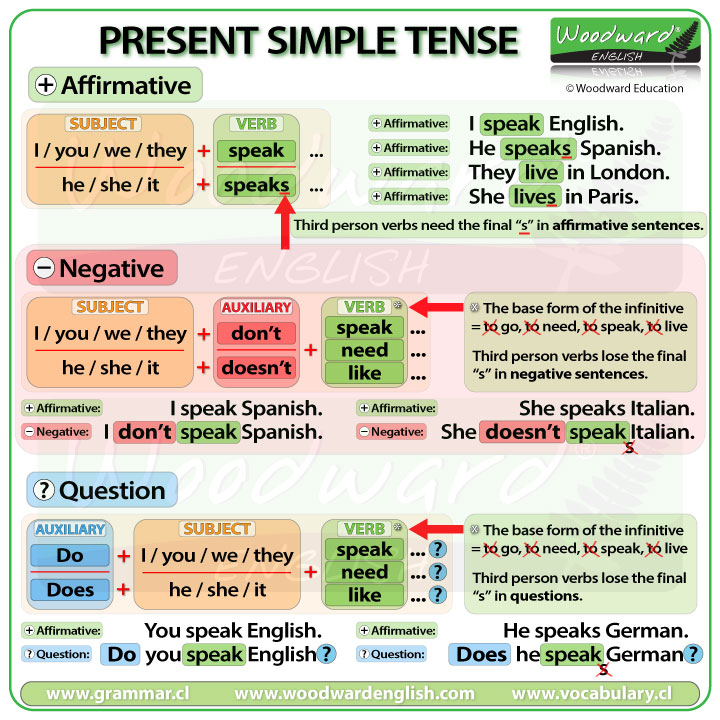
Schedule
APRIL 5th
Kahoot contest by teams day!
MARCH 22th

Here are some examples of Wh-questions in the Simple Present tense that you can use for students:
Who:
Who do you live with?
Who teaches your English class?
Who is your favorite singer?
What:
What do you do on weekends?
What does your mom cook for dinner?
What is your favorite subject in school?
Where:
Where do you go for vacation?
Where does your family live?
Where do you study?
When:
When do you wake up in the morning?
When does your school start?
When do you usually eat breakfast?
Why:
Why do you like reading books?
Why do you like playing video games?
Why do you prefer summer over winter?
Which:
Which book do you like to read?
Which sport do you enjoy playing?
Which type of music do you listen to?
How:
- How do you get to school?
- How often do you practice English?
- How much time do you spend on homework?
These questions can help students practice forming and answering Wh-questions in the Simple Present tense, which is essential for everyday conversations about routines and habit
MARCH 15TH


PLAY WITH GRAMMAR
VERBS
WORKSHEET
FEBRUARY 22TH
For kids: Practice at home!
For teenagers: Practice at home!
Classwork Activities
FEBRUARY 15TH

El 'Present Simple' (o Presente Simple), es uno de los tiempos más comunes en inglés. Este tiempo se suele utilizar para hablar de hechos que tienen lugar con cierta frecuencia.
Este tiempo verbal se utiliza para expresar hechos o verdades generales.
También usamos el presente simple para hablar de rutinas o hábitos. En este caso suelen ir acompañados de los adverbios de frecuencia.
Los siguientes ejemplos serán utilizados en la explicación. Recuerda que siempre veremos la tercera persona puesto que en presente cambia.
Positives / Negatives / Interrogatives
Daily Routines

Let's Work With The Time
There are two common ways of telling the time.
1) Say the hour first and then the minutes. (Hour + Minutes)
- 6:25 - It's six twenty-five
- 8:05 - It's eight O-five (the O is said like the letter O)
- 9:11 - It's nine eleven
- 2:34 - It's two thirty-four
2) Say the minutes first and then the hour. (Minutes + PAST / TO + Hour)
For minutes 1-30 we use PAST after the minutes.
For minutes 31-59 we use TO after the minutes.
- 2:35 - It's twenty-five to three
- 11:20 - It's twenty past eleven
- 4:18 - It's eighteen past four
- 8:51 - It's nine to nine
- 2:59 - It's one to three
When it is 15 minutes past the hour we normally say: (a) quarter past
- 7:15 - It's (a) quarter past seven
When it is 15 minutes before the hour we normally say: a quarter to
- 12:45 - It's (a) quarter to one
When it is 30 minutes past the hour we normally say: half past
- 3:30 - It's half past three (but we can also say three-thirty)
O' clock
We use o'clock when there are NO minutes.
- 10:00 - It's ten o'clock
- 5:00 - It's five o'clock
- 1:00 - It's one o'clock
Sometimes it is written as 9 o'clock (the number + o'clock)
12:00
For 12:00 there are four expressions in English.
- twelve o'clock
- midday = noon
- midnight
LET'S PRACTICE
OUR AMAZING BODY!

Body parts
Learning the body parts can help broaden children's learning experience. Here in Lingokids you'll find several fun ways to help your kids learn about this topic.
LET'S PRACTICE







